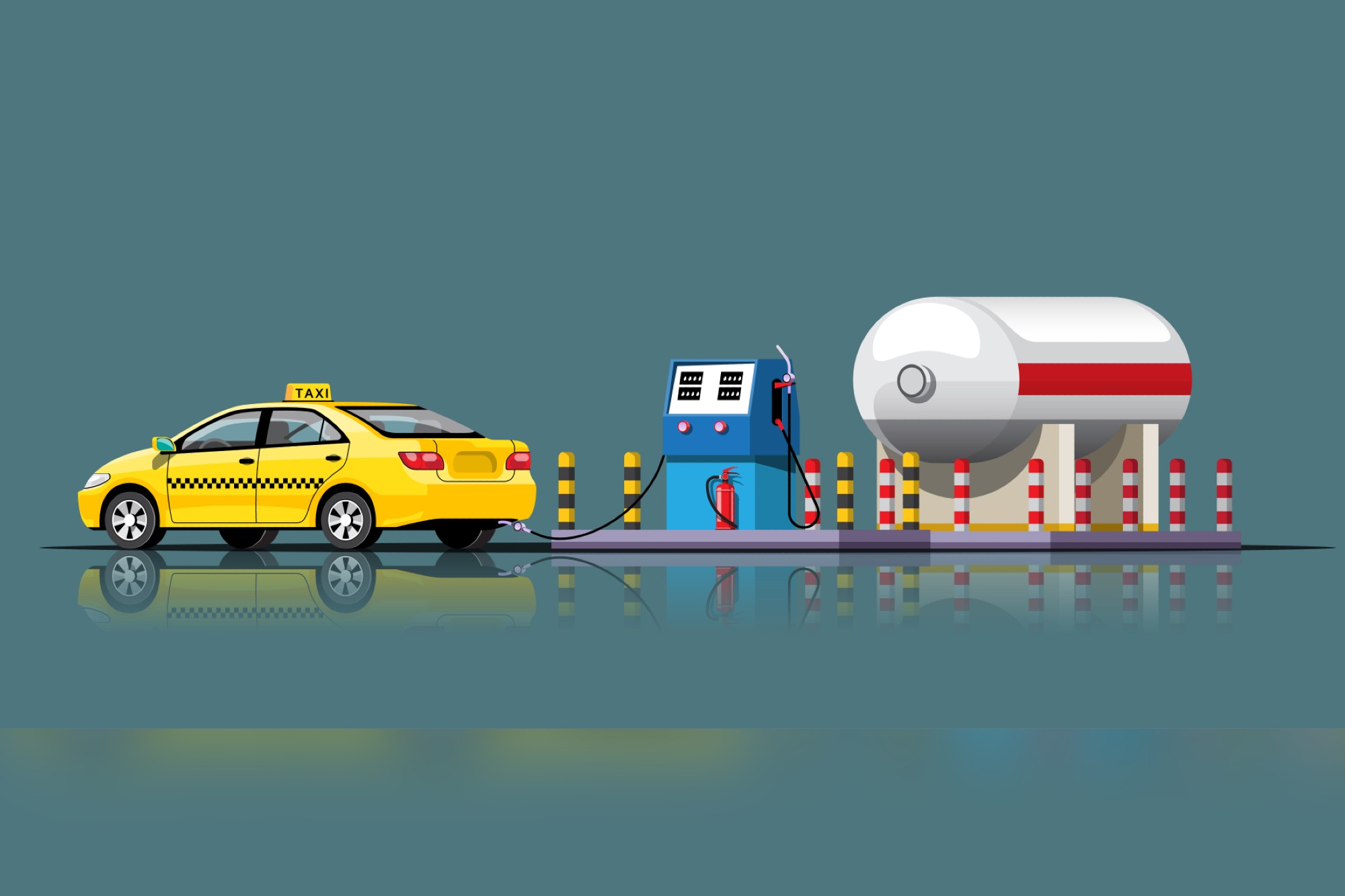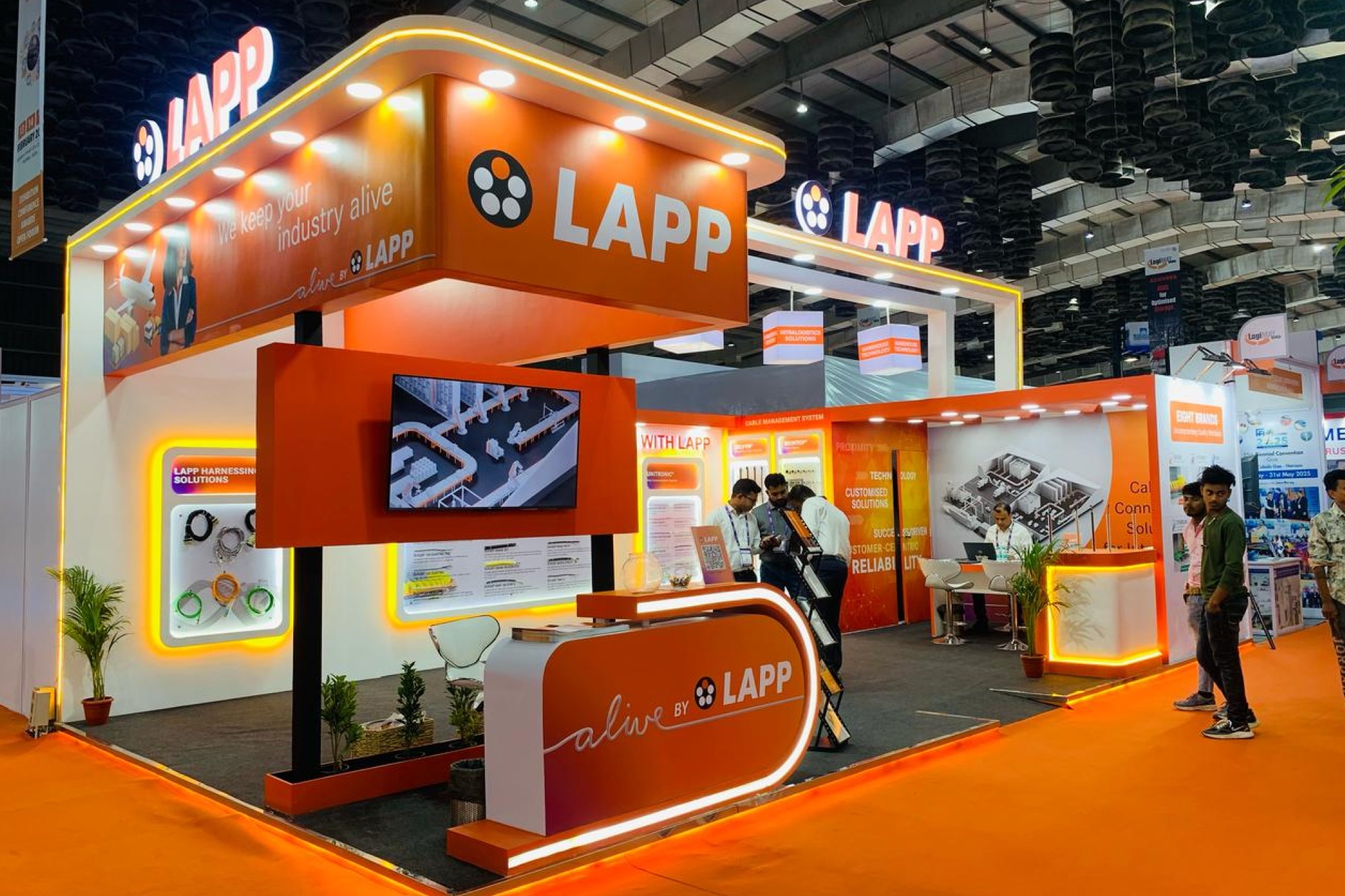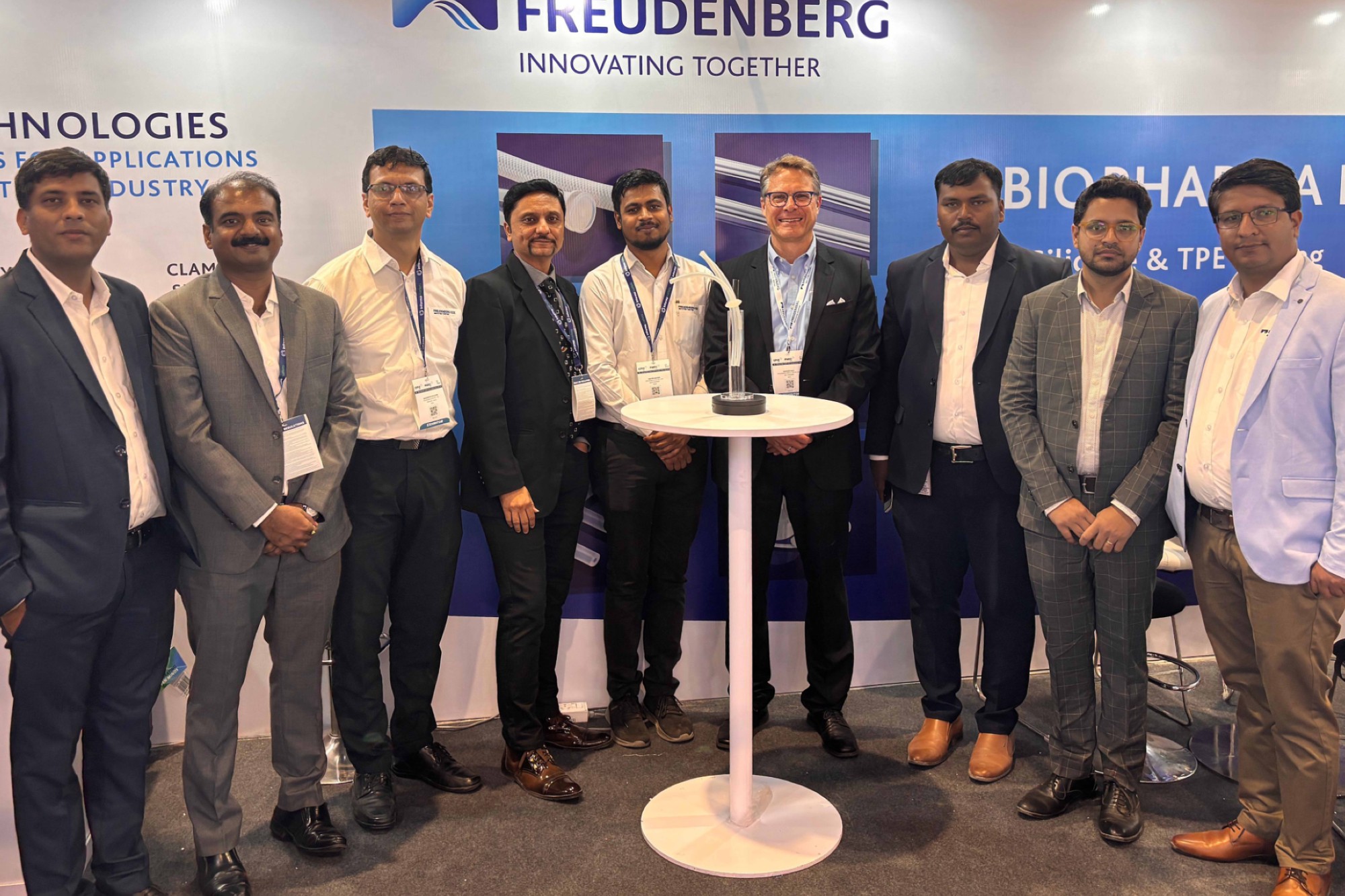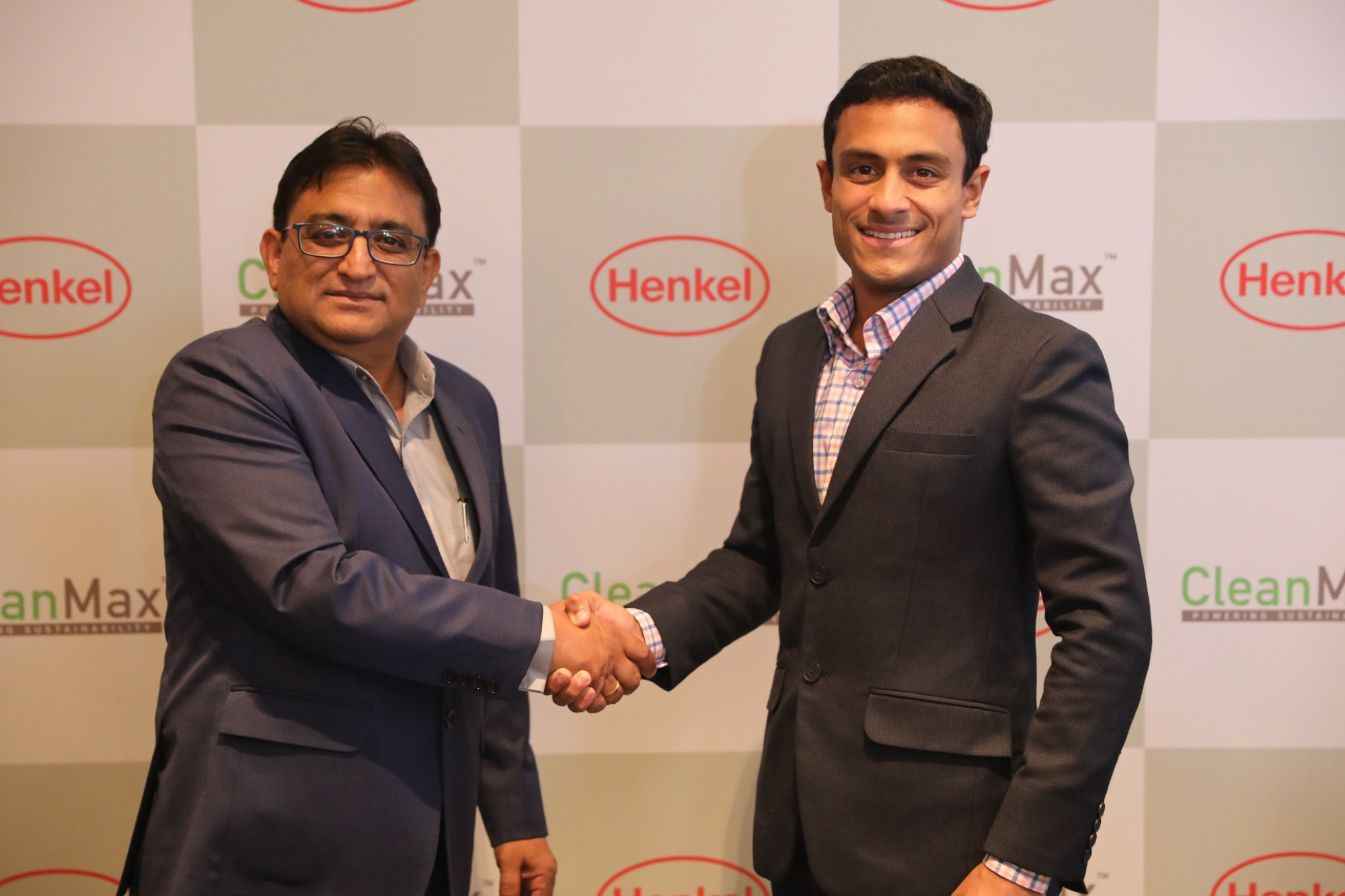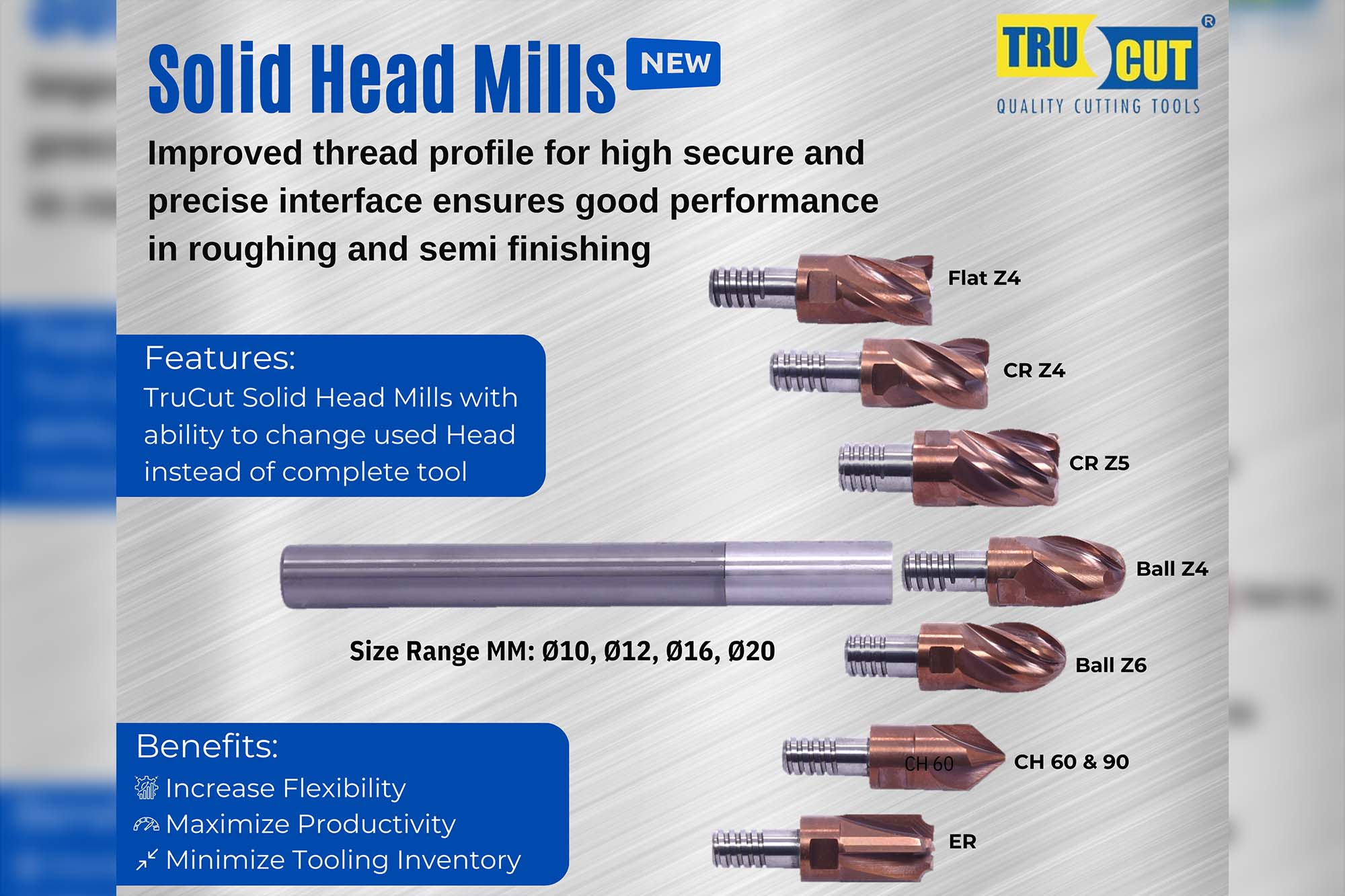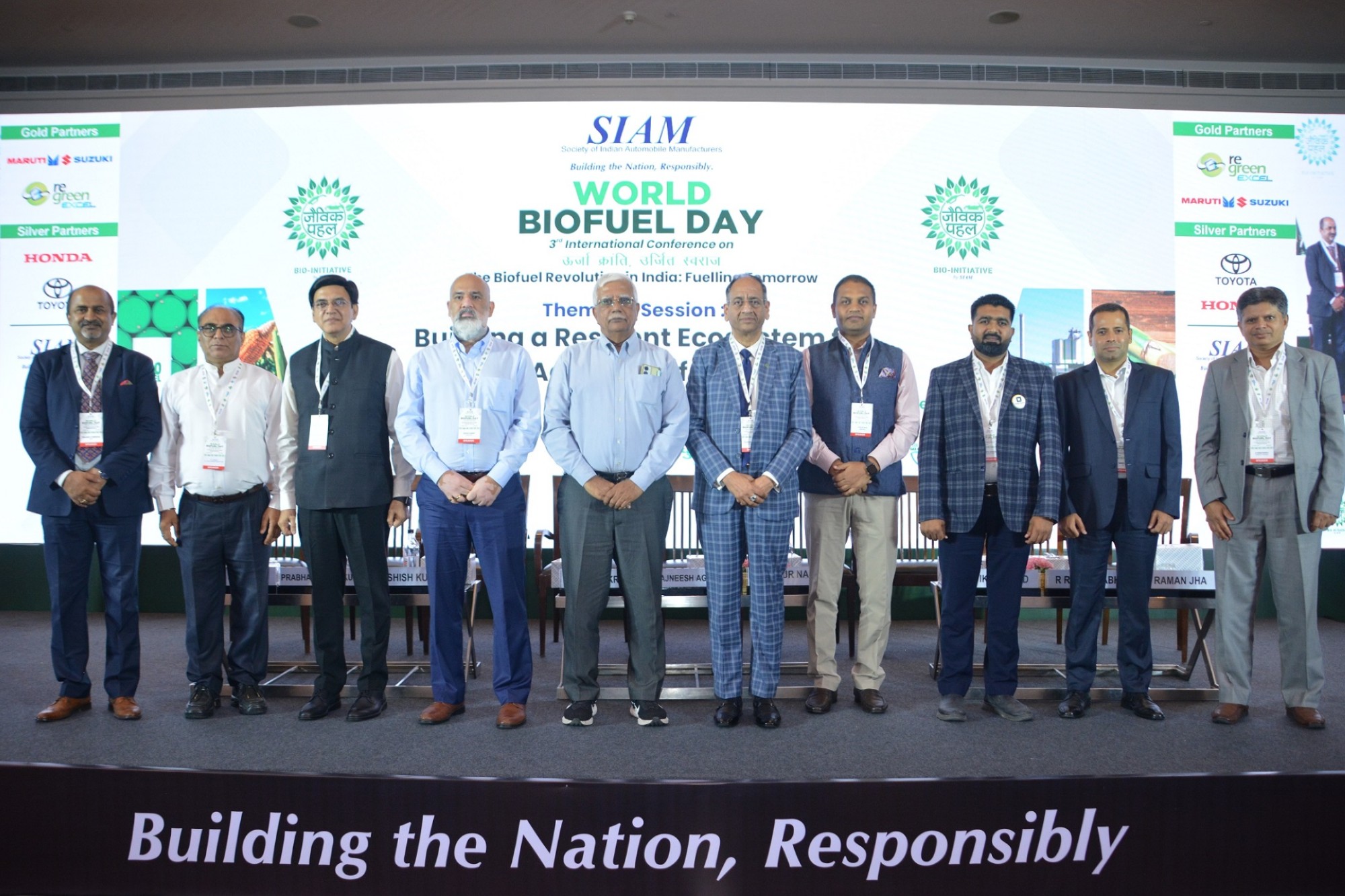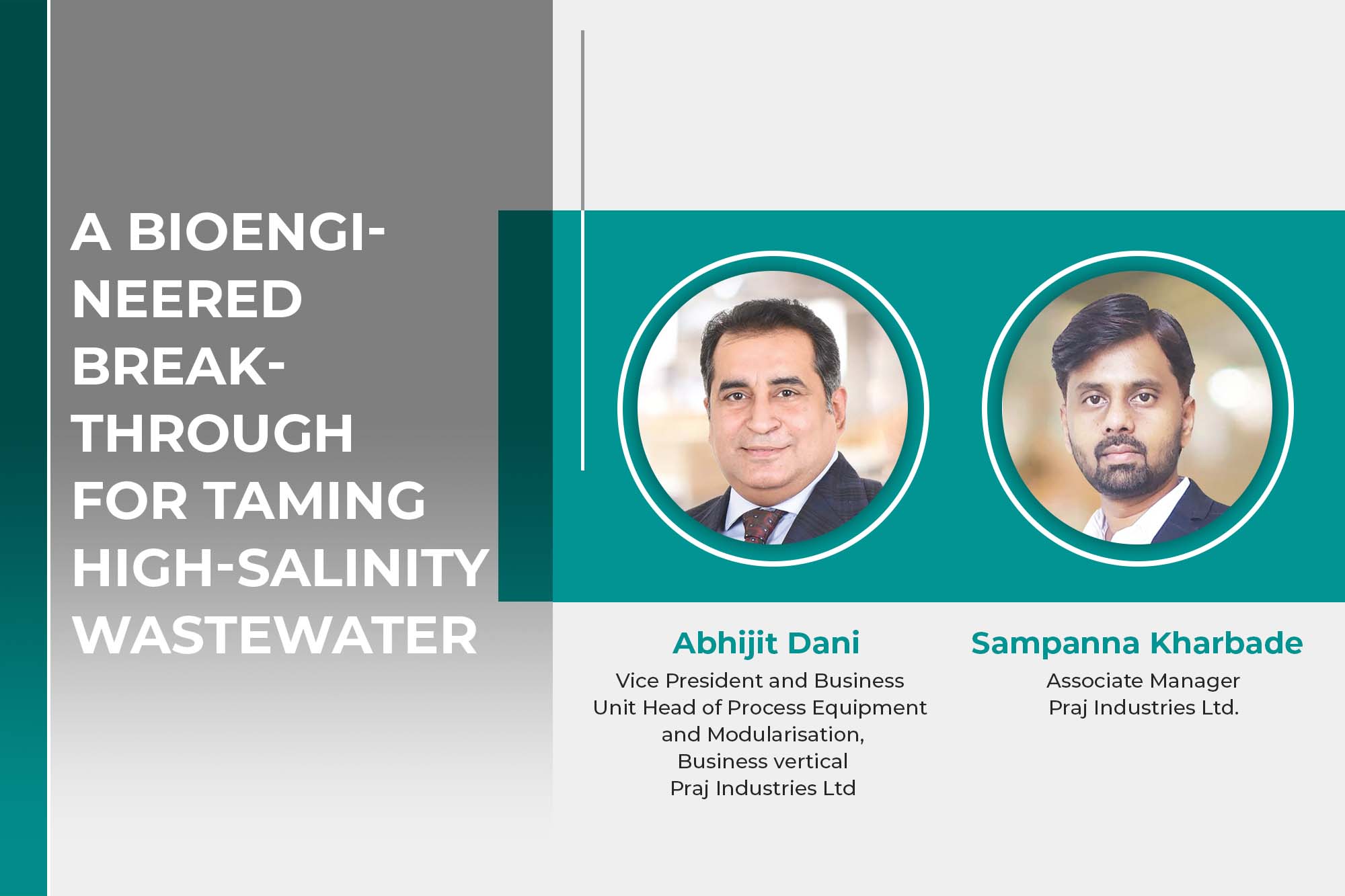GE’s ZeeWeed MBR: effective technology for wastewater reuse
By admin September 22, 2014 5:23 pm IST
GE’s ZeeWeed MBR is one of the leading and effective technologies for municipal and industrial wastewater treatment and reuse
GE has more than 20 years of design, engineering, installation, commissioning and operations experience of MBR systems since the first installation in 1993. GE’s ZeeWeed Membrane Bioreactor (MBR) technology is being increasingly adopted by leading customers across India such as Reliance Industries, Infosys Limited, Nestle and Toyota for reuse applications. The solution is proven with over 800 wastewater installations globally, ranging from 50 KLD to 100+ MLD.
Process description ZeeWeed MBR process is a wastewater treatment technology that combines suspended growth biological treatment with immersed membrane filtration. The heart of the process is the ZeeWeed ultra filtration membranes act as the solid-liquid separation step in the process, in place of the secondary clarifiers and tertiary filters of conventional treatment processes.
The result is high quality permeate with very low suspended solids, capable of meeting the most stringent reuse standards globally. The membrane is a reinforced hollow fibre ultra filtration membrane made of PVDF construction, highly resistant to chemicals, including acids, bases and chlorine, which are used for membrane cleaning.
Individual membrane fibres are combined to form the module, the basic building block of the MBR systems. Modules are further assembled together in ‘cassettes’, which are then installed in the wastewater treatment tanks to complete the process.
MBR for wastewater reuse • Compact footprint: MBR requires compact footprint compared to conventional treatment and minimises construction costs. The ZeeWeed MBR process typically operates at mixed liquor suspended solids (MLSS) concentrations in the range of 8,000 to 10,000 mg/L, which is substantially greater than conventional activated sludge processes, and it can lower construction footprint by 60 per cent.
• Effluent quality: Biological oxygen demand (BOD) and total suspended solids (TSS) are the factors to be considered here. MBR system can achieve consistent effluent quality of BOD1 < 5mg/L, TSS2 < 5mg/L and turbidity < 0.5 NTU compared to conventional effluent quality of BOD < 30mg/L. Depending on the specific application and design requirements, a ZeeWeed MBR plant can achieve high quality nitrified effluent. Phosphorus removal is readily achieved through biological means and/or the addition of metal salts to the feed wastewater or mixed liquor.
Cookie Consent
We use cookies to personalize your experience. By continuing to visit this website you agree to our Terms & Conditions, Privacy Policy and Cookie Policy.




